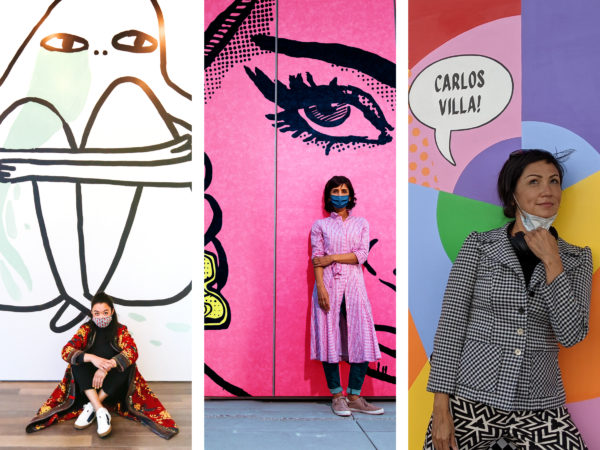Activity
Tibetan Thangka Painting (Sacred Pictures)

Mandala of the Buddhist deity Chakrasamvara, approx. 1700-1800
In Tibet, religious paintings come in several forms, including wall paintings, thangkas (sacred pictures that can be rolled up), and miniatures for ritual purposes or for placement in household shrines.
Some thangka artists traveled all over Tibet, working for monasteries as well as for private patrons. Thangkas were commissioned for many purposes—as aids to meditation, as requests for long life, as tokens of thanksgiving for having recovered from illness, or in order to accumulate merit. Those who commissioned thangkas also supplied the materials, so their financial status determined the quality of the pigments, the amount of gold used for embellishment, and the richness of the brocade on which the painting was mounted. Thangkas could be woven, embroidered, or appliquéd.
Peaceful deities, wrathful deities, and mandalas are among the subjects depicted in thangkas. Each Tibetan Buddhist sect has its favorite gods; therefore, identifying a particular god depicted on a thangka helps determine the sect with which the painting is associated. For example, a blue image of the Buddha Samantabhadra situated at the top center of a thangka associates that painting with the Nyingma order, and paintings made for the Gelug order usually include a figure of Tsong Khapa.
Thangkas are fragile objects; they fade when exposed to light. The Asian Art Museum’s policy is to preserve these objects by displaying them in low light and by rotating the collection; happily, this will allow visitors to see a new group of thangkas about every six months.






